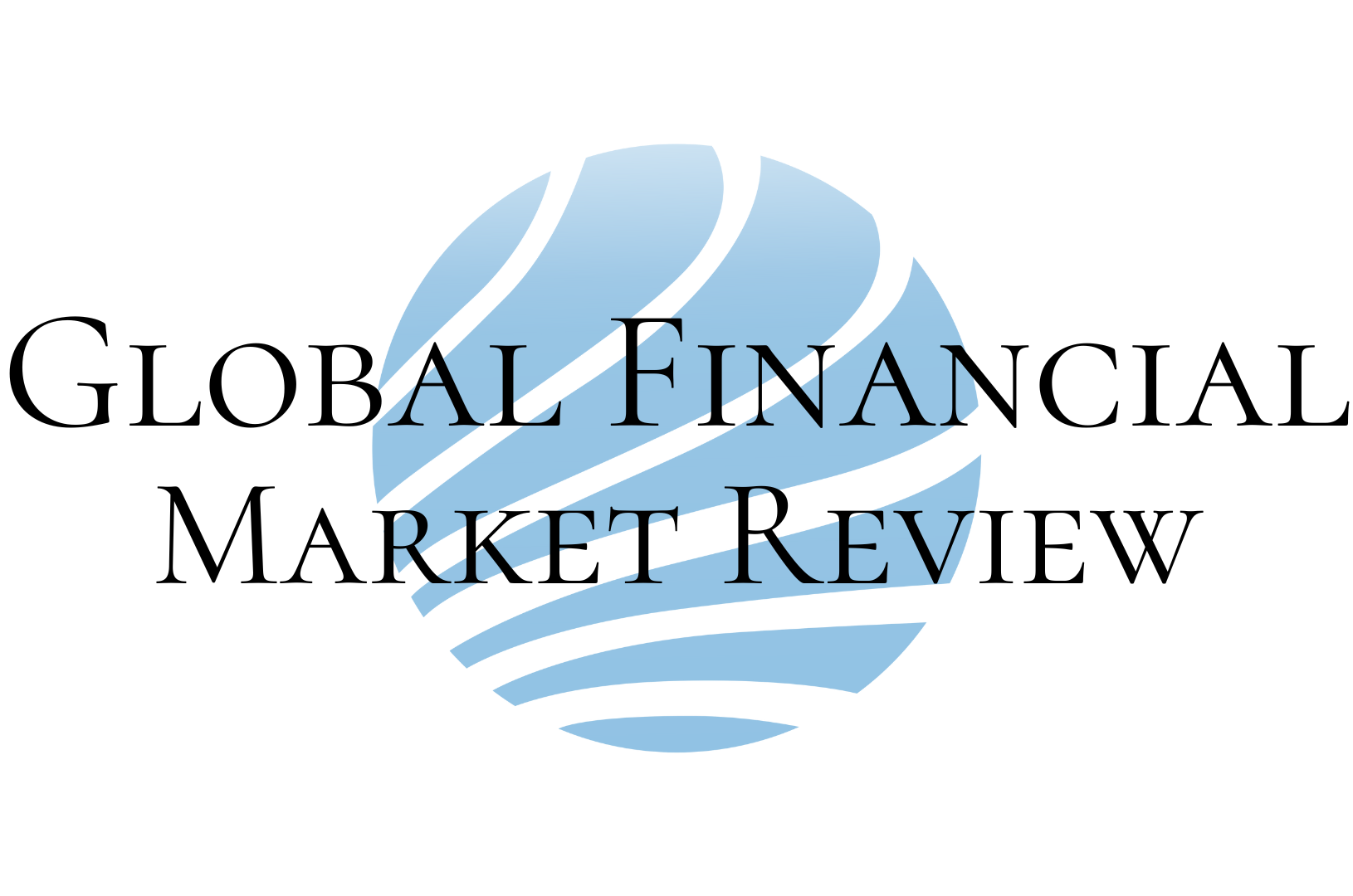The State Bank of Vietnam (SBV) has updated some key indicators of the credit institution system as of the end of 2017.
Accordingly, as of December 31, 2018, the total assets of the banking system touched more than 10,000 trillion dong, up 17.62 percent from the end of 2016.
Of which, the total assets of state-owned commercial banks including BIDV, Vietinbank, Vietcombank, Agribank continued to account for the majority and had high growth rate (18.34 percent), hitting 4,570 trillion dong at the of 2017, making up 45.69 percent of the total assets of Vietnam credit organisation system.
The group of joint stock commercial banks had the total asset of 4,028 trillion dong, up 17.69 percent from the beginning of 2017. The group of joint venture, foreign banks recorded the total assets of 954 trillion dong, up 15.19 percent from the beginning of 2017.
The total assets of Social Policy Bank increased 10.04 percent to 175 trillion dong compared to 29 trillion dong for cooperative bank, an increase of 9.56 percent; 102 trillion dong for people’s credit fund, an increase of 13.84 percent.
Assets of finance companies, financial leasing companies have grown very fast over the last period, hitting 141.9 trillion dong on December 31, 2017, up 24.7 percent from the beginning of the year.
Another indicator was also announced and was notable, i.e. equity and chartered capital. Data show that the equity of the entire system increased 11.64 percent to more than 714 trillion dong while the chartered capital improved 4.91 percent to more than 512 trillion dong.
While the growth rate of chartered capital, equity of state-owned commercial banks was rather slow, that of joint stock commercial banks has significantly improved. At the end of 2017, the chartered capital of state-owned commercial banks was 147.771 trillion dong, up 0.84 percent only from the beginning of the year (up 6.89 percent in 2016). Meanwhile, the chartered capital of joint stock commercial banks swelled 6.94 percent to 214.791 trillion dong.
The Capital Adequacy Ratio (CAR) of the entire system decreased from the beginning of the year, to 12.23 percent. Meanwhile, the CAR of state-owned commercial banks was the lowest, falling from 9.92 percent (at the beginning of 2017) to 9.52 percent (at the end of 2017), and the CAR of joint stock commercial banks was higher with 11.47 percent.
The ratio of short term capital for medium and long-term loans across the system was 30.65 percent at the end of 2017, down from the beginning of the year (34.51 percent). This ratio at state-owned commercial banks was 33.44 percent, compared to 34.47 percent at joint stock commercial banks and 48.81 percent at financial leasing companies.


